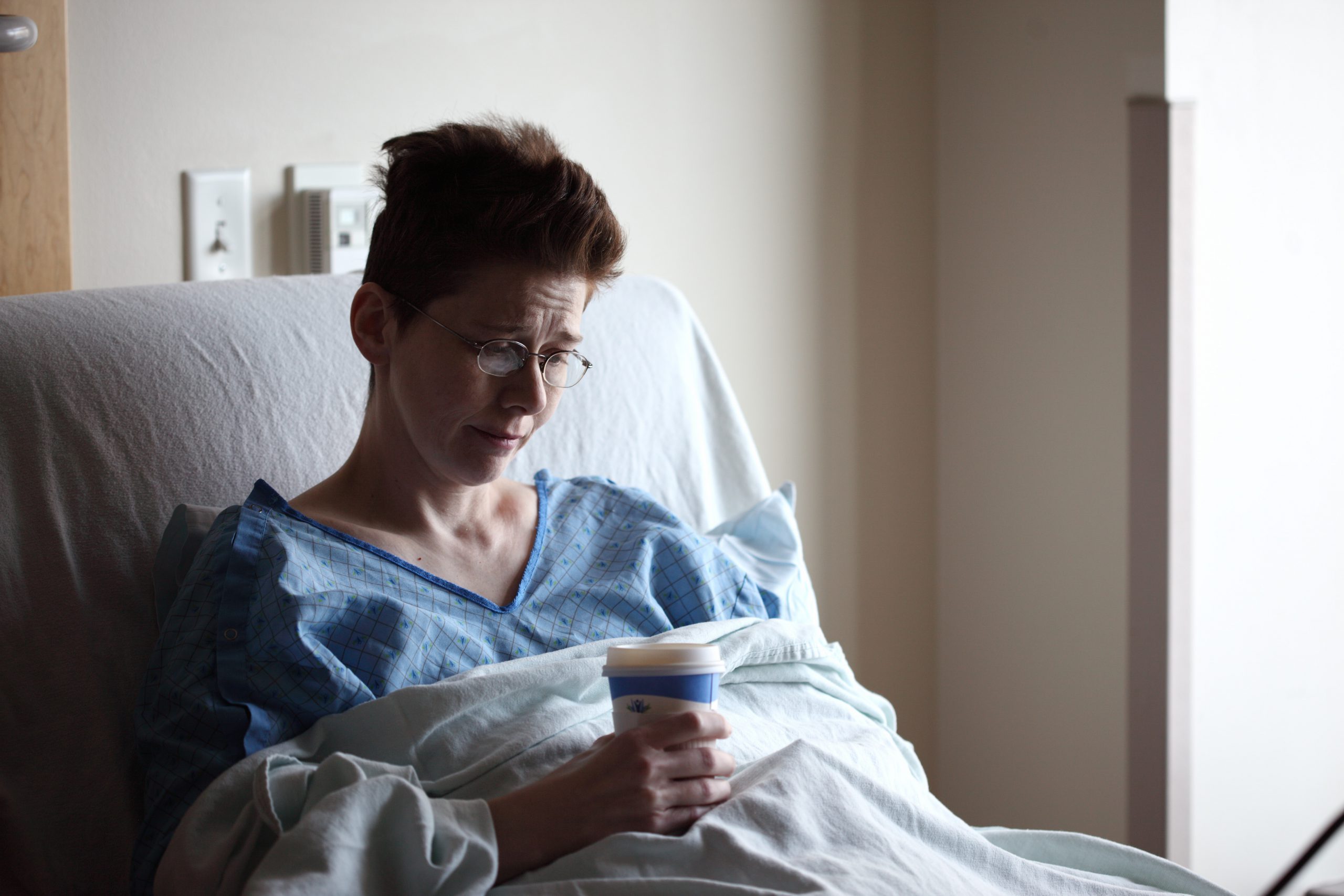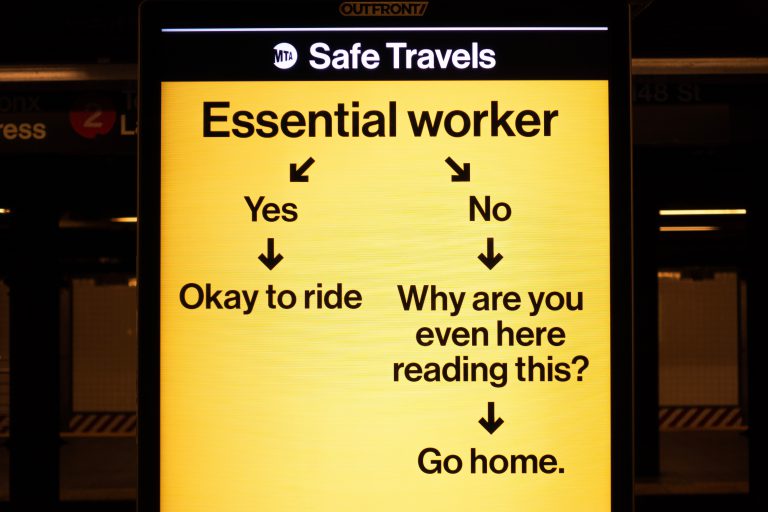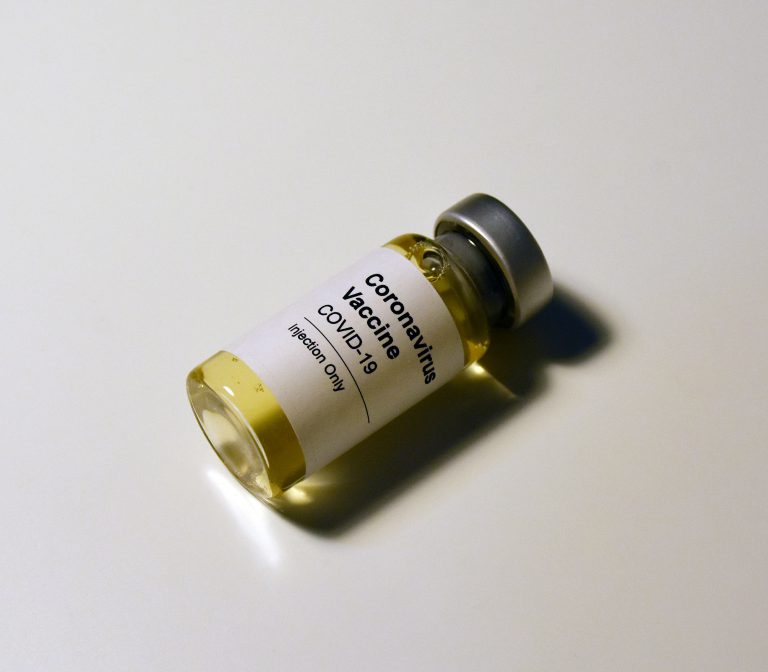It has been a little over a year since the first case of the coronavirus has been reported. Since then, things haven’t gone back to normal, especially in the health industry. After the global lockdown last March, the healthcare force has been working weeks to contain the virus and treat patients who have contracted the virus, even those at home.
Even though lockdown protocols have loosened, social distancing protocols are still to be followed by people worldwide. Because of this, many medical professionals were forced to accommodate patients through remote patient monitoring.
In this article, we’ll discuss everything you need to know about remote patient monitoring, how it benefits both the public and healthcare workforce, and how it provides personalized healthcare.
What is Remote Patient Monitoring?
Remote patient monitoring didn’t start during the pandemic; in fact, it has been going on for quite some time now. In 2018, the global market size of the remote patient monitoring system was valued at 698.4 million, and by 2026, it’s expected to reach 1,727.30 million.
With remote patient monitoring (RPM), to gather patient-generated health data (PGHD), patients use a mobile medical device to input their information and present it to healthcare professionals.
This type of monitoring is the subcategory of homecare telehealth, and the data collected often include the patient’s weight, blood pressure, heart rate, and other vital signs. Once patient data is collected, the physician’s office receives it via a telehealth system or software.
Wearable sensors, chronic condition management, health apps, and other remote patient monitoring devices have been witnessing exponential growth in the past years. Additionally, its convenience allows patients to transmit their information in the safety of their homes through home monitoring equipment.
If RPM is executed properly, this care system will help facilitate virtual visits and consults, automated healthcare reminders, health information dissemination, and medical management. Besides that, the healthcare industry will boost customer satisfaction since it lessens re-admissions and prevents avoidable hospitalizations.
What are the Benefits of Remote Patient Monitoring?
- Improvement in patient care and safety through distanced monitoring and automated alerts;
- Reduced outpatient visits and checkups;
- Reduced expenses and cost of care for provider and patient;
- Enhanced accuracy;
- Better patient engagement, allowing patients to understand their condition and monitor their health;
- Improved service and quality of care.
How Can Remote Patient Monitoring Personalized Healthcare?
With remote patient monitoring, you can give personalized healthcare to patients anytime and anywhere. This is possible thanks to the technological advancements and integration technologies that the healthcare industry has embraced.
So, how does personalized healthcare through RPM work? For you to capture data, RPM employs a host of wireless peripheral measurement devices, including implantables, blood pressure cuffs, biosensors, and alike. These sensor devices collect data passively, allowing the provider to receive patient data in real-time.
With RPM, you’ll be able to transmit user-entered data, store and secure it in your record system, allowing it to be accessible to your healthcare team. Because of this convenience, you’ll be able to alert your patient and clinicians of any abnormalities via text messages or emails, set up video appointments, and more for better healthcare consults.
The Bottom Line: With the Ever-Changing Technological Environment, It’s Only Right for the Healthcare Industry to Adapt
The healthcare industry has experienced immense growth and improvements in its operations thanks to the benefits that remote patient monitoring has provided. With proper execution, many patients and healthcare professionals will receive and give the proper healthcare they deserve at any time and any place, all through a device.
How Can Dose of Healthcare Help You?
With a plethora of healthcare news platforms available online, it’s challenging to find one you can trust. If you want the latest healthcare industry, updates, news, and articles, you can trust that Dose of Healthcare will provide these for you. Check out our articles today!
















